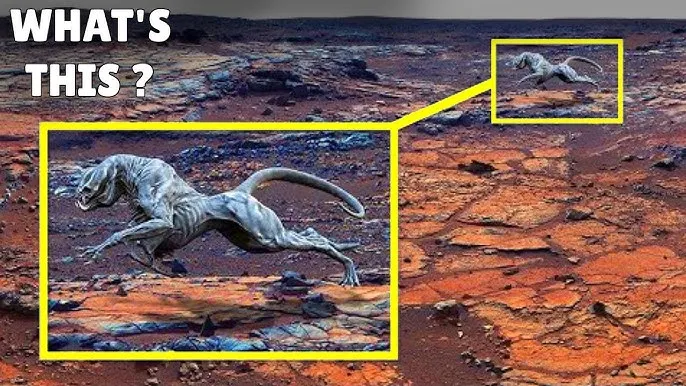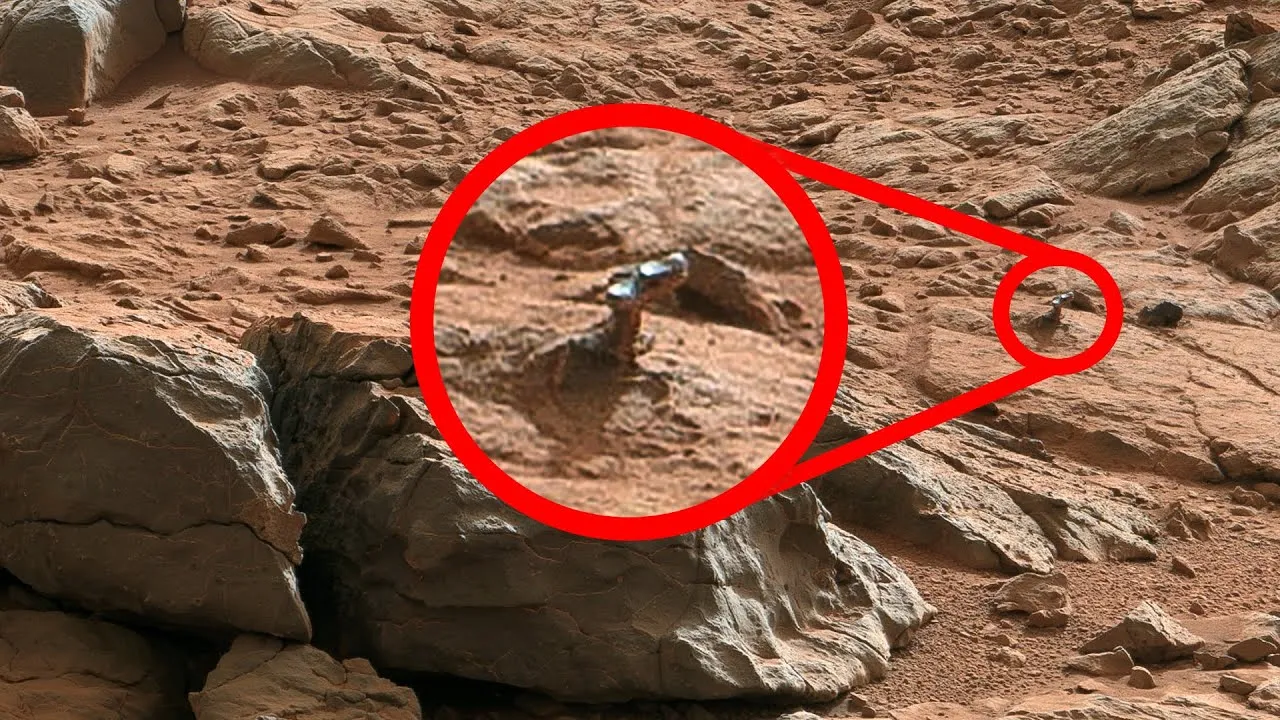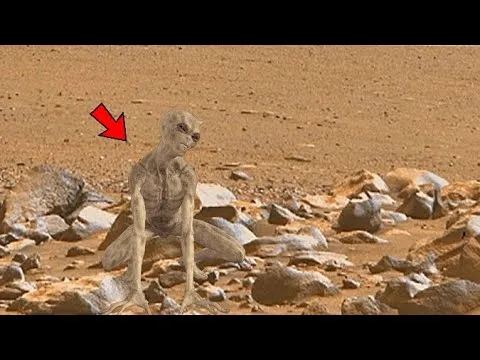

The silhouette, which appears to be anthropomorphic in design, stands out starkly against the barren Martian landscape. At first glance, it resembles a figure that could be interpreted as a living being, perhaps even a humanoid form. While skeptics urge caution, suggesting that it could merely be a trick of light or a natural rock formation, many scientists are eager to analyze the findings further. “We have to approach this with an open mind,” stated Dr. Emily Carter, a leading astrobiologist. “Mars is a planet that has long held secrets, and each new discovery brings us one step closer to understanding its past.”

Critics of the findings argue that the human brain has a tendency to recognize patterns and shapes, a phenomenon known as pareidolia. This psychological phenomenon can lead people to see faces or figures in random objects. “While the silhouette is intriguing, we must remain grounded in scientific rigor,” cautioned Dr. Michael Thompson, a planetary geologist. “Until we have more concrete evidence, we should be careful not to jump to conclusions.”

Despite the skepticism, the possibility of extraterrestrial life has inspired many to consider the implications of such a discovery. Could this silhouette be evidence of a more advanced civilization that once inhabited Mars? If so, what happened to them? These questions have fueled the imaginations of writers, filmmakers, and researchers alike, prompting discussions about interplanetary travel and the future of humanity in the cosmos.
In response to the excitement, NASA has announced plans to conduct further investigations of the area where the silhouette was found. Rovers equipped with advanced imaging technology will be sent to capture more detailed images and analyze the composition of the surrounding terrain. “This is just the beginning,” said Dr. Carter. “We are committed to uncovering the truth behind this discovery, and we will not rest until we have answers.”
